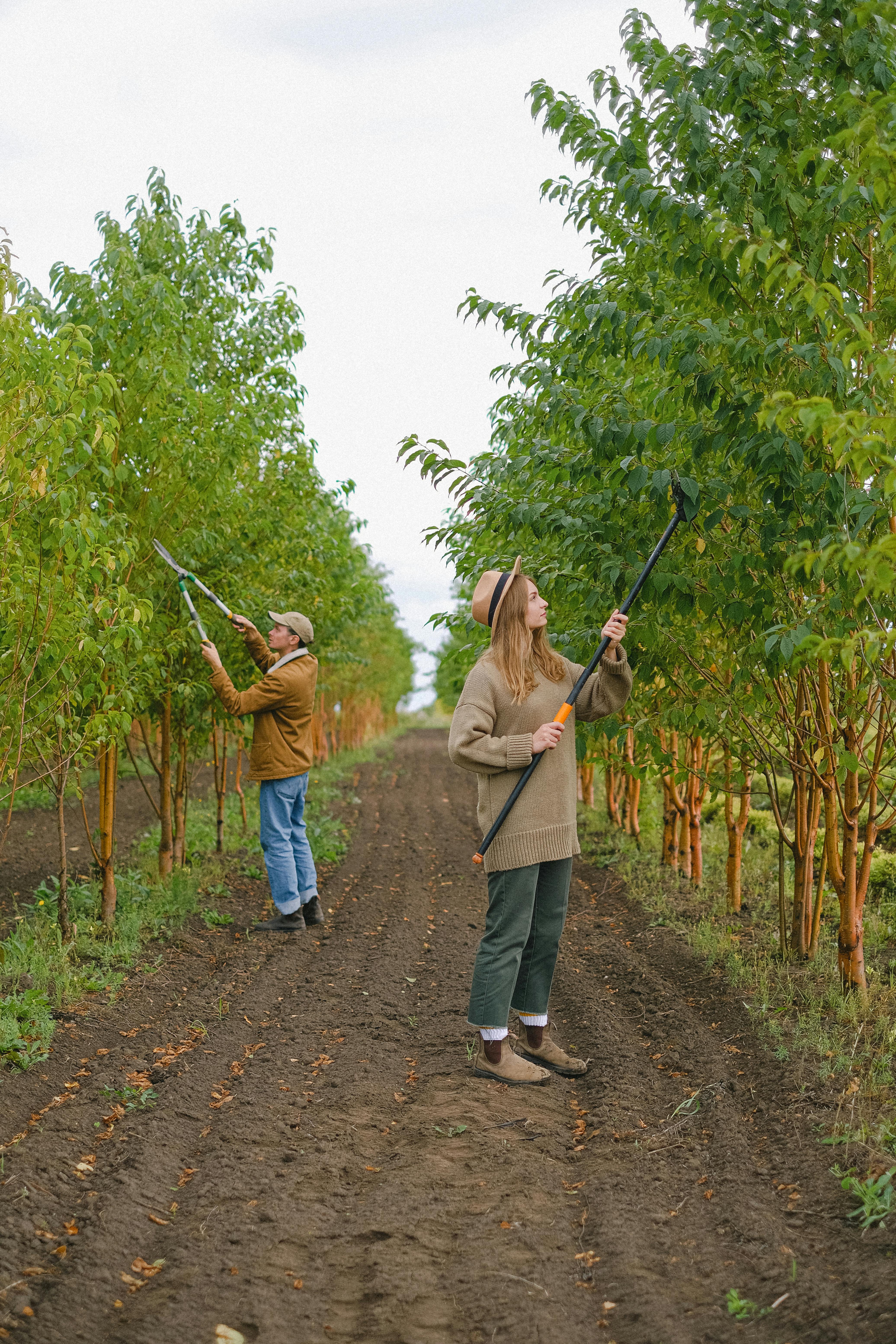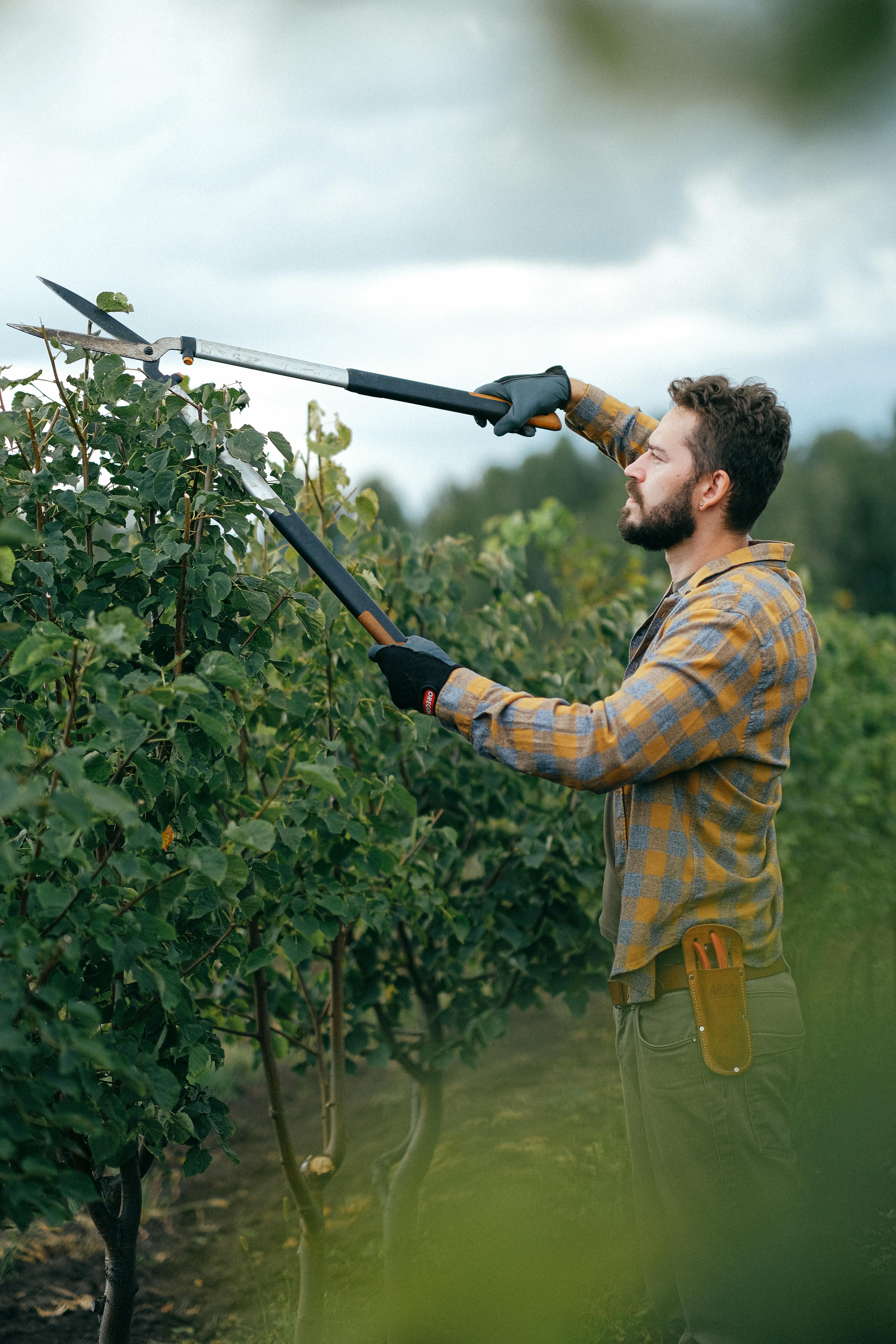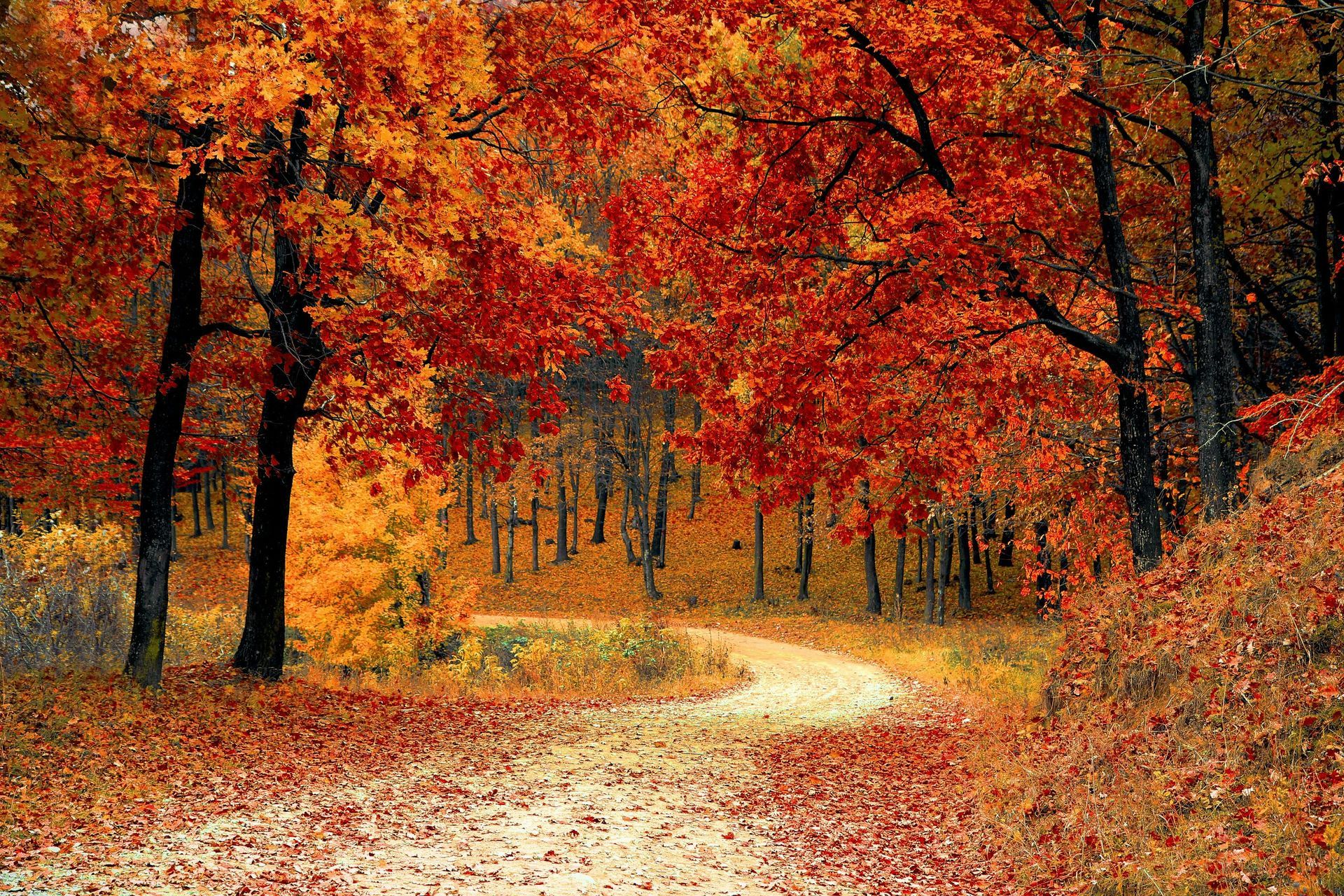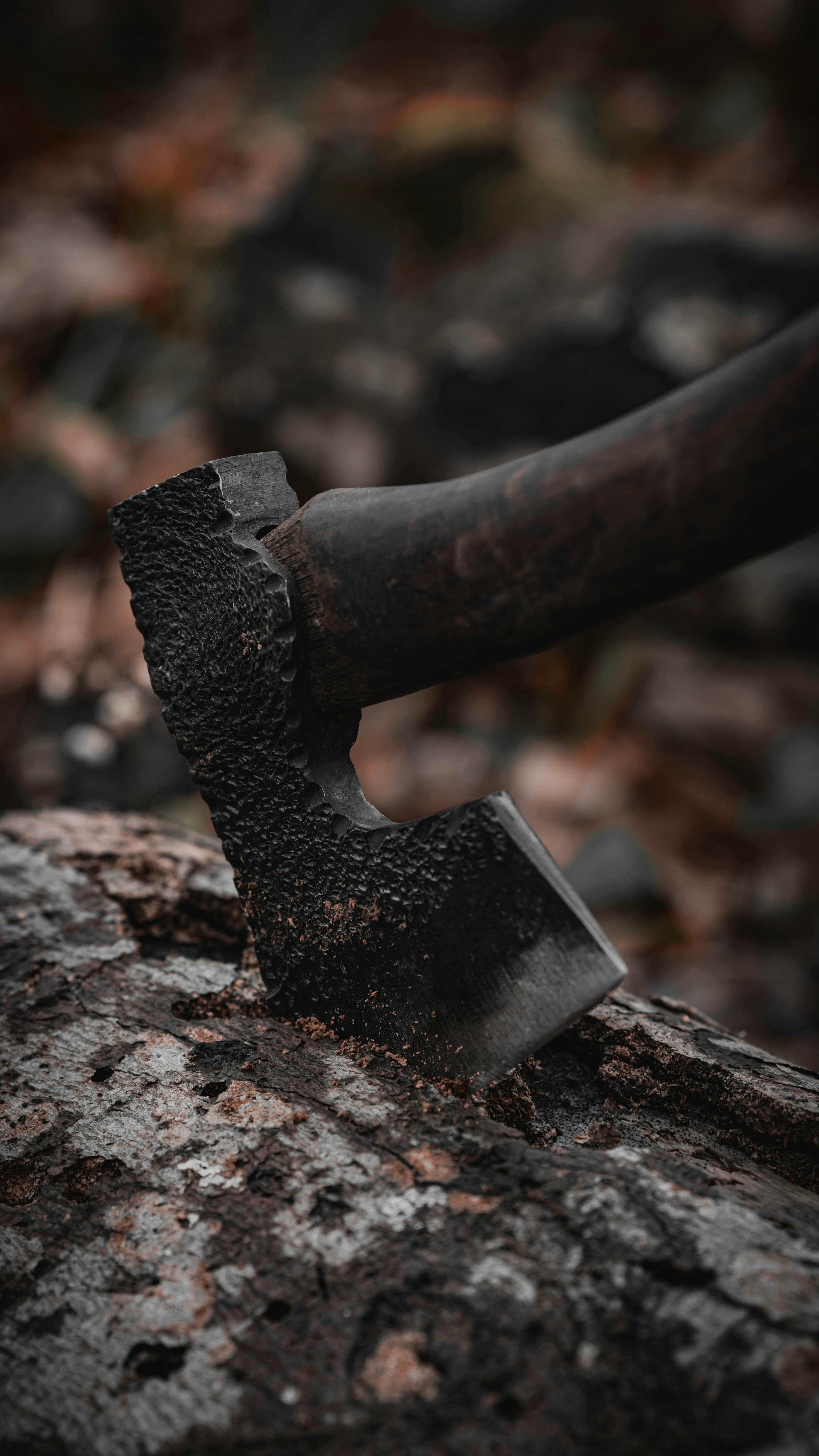Fricke's Tree Service
Your Year-Round Guide to Caring for Trees
Seasonal Tree Care Checklist: What to Do in Spring, Summer, Fall, and Winter
Your Guide to Year-Round Tree Maintenance
Taking care of your trees is essential for their health and longevity. Each season brings unique challenges and opportunities for tree care. This comprehensive checklist will guide you through the necessary tasks for spring, summer, fall, and winter, ensuring your trees thrive all year round. By following these guidelines, you can create a nurturing environment for your trees, allowing them to flourish and contribute positively to your landscape.Spring Tree Care
As the weather warms up, trees begin to awaken from their winter dormancy. Spring is a crucial time for tree care, as it sets the foundation for healthy growth. During this season, trees are particularly vulnerable to pests and diseases, making it essential to be proactive in your care routine.1. Pruning
Spring is an ideal time to prune your trees. Focus on:- Removing dead or damaged branches to promote healthy growth
- Shaping the tree for better growth and aesthetics
- Encouraging new growth by thinning out crowded areas to allow sunlight to penetrate
2. Fertilization
Applying fertilizer in spring can significantly boost your trees' growth. Consider the following:- Use a slow-release fertilizer for sustained nutrients throughout the growing season
- Test your soil to determine nutrient needs and deficiencies
- Apply fertilizer according to the manufacturer's instructions for optimal results
3. Mulching
Mulching helps retain moisture and suppress weeds, which can compete with your trees for nutrients. Here’s how to do it:- Apply a 2-4 inch layer of organic mulch around the base of the tree to conserve moisture
- Avoid piling mulch against the trunk to prevent rot and encourage healthy root development
Summer Tree Care
Summer brings heat and potential drought conditions. Proper care during this season is vital for tree health. Trees can become stressed during hot months, so it’s important to monitor their needs closely.1. Watering
Ensure your trees receive adequate water, especially during dry spells:- Water deeply and infrequently to encourage deep root growth, which helps trees withstand drought
- Use a soaker hose or drip irrigation for efficiency and to minimize evaporation
2. Pest Control
Monitor your trees for pests and diseases. Take action by:- Inspecting leaves and branches regularly for signs of infestation or disease
- Using organic pesticides if necessary to protect your trees without harming beneficial insects
- Encouraging beneficial insects like ladybugs, which can help control pest populations naturally
3. Summer Pruning
Light pruning can be beneficial in summer to maintain tree health:- Remove any suckers or water sprouts that divert energy from the main branches
- Thin out dense foliage to improve air circulation and reduce the risk of fungal diseases
Fall Tree Care
As temperatures cool, fall is a time for preparation and protection. This season is crucial for ensuring your trees are ready to withstand the winter months ahead.1. Leaf Cleanup
Fallen leaves can harbor pests and diseases. Keep your yard tidy by:- Raking leaves regularly to prevent the buildup of debris
- Composting healthy leaves to enrich your soil
- Disposing of diseased leaves properly to prevent the spread of pathogens
2. Fertilization
Applying fertilizer in the fall can help trees prepare for winter:- Use a balanced fertilizer to promote root growth and strengthen trees before dormancy
- Apply it before the ground freezes to ensure nutrients are absorbed
3. Tree Wrapping
Protect young trees from winter damage by:- Wrapping trunks with tree guards to prevent sunscald and damage from temperature fluctuations
- Using burlap to shield against harsh winds and extreme cold
Winter Tree Care
Winter is a time of dormancy, but there are still important tasks to consider for the health of your trees. While they may appear inactive, trees still require attention during this season.1. Monitoring
Keep an eye on your trees during winter:- Check for broken branches or signs of damage caused by snow or ice
- Look for signs of pests that may be overwintering in the bark or branches
2. Snow and Ice Management
Heavy snow and ice can damage trees. Take precautions by:- Gently shaking off heavy snow from branches to prevent breakage
- Using a broom to remove ice buildup, being careful not to damage the bark
3. Planning for Spring
Use winter downtime to plan for spring:- Research tree care techniques to enhance your knowledge and skills
- Order supplies for the upcoming season, ensuring you are prepared for spring tasks
Conclusion
By following this seasonal tree care checklist, you can ensure your trees remain healthy and vibrant throughout the year. Regular maintenance not only enhances the beauty of your landscape but also contributes to the overall health of your trees. A well-cared-for tree can provide shade, beauty, and habitat for wildlife, making it a valuable asset to your property. For professional assistance with tree care, reach out to us for an estimate using this link. Our team is ready to help you with all your tree care needs, ensuring your trees receive the best possible care throughout the seasons.RECENT POSTS
Interested in Our Services?
Get in touch today to discuss your next project and we will happy to answer any questions and provide you with a no-obligation FREE Estimate.
Contact Details
Address: 427 Pleasant Oaks Trl, Osteen, FL 32764, United States of America
Phone: (321) 240-5613
Email: jonfric@yahoo.com
Quick Links
Contact Details
Address: 427 Pleasant Oaks Trl, Osteen, FL 32764, United States of America
Phone: (321) 240-5613
Email: jonfric@yahoo.com







